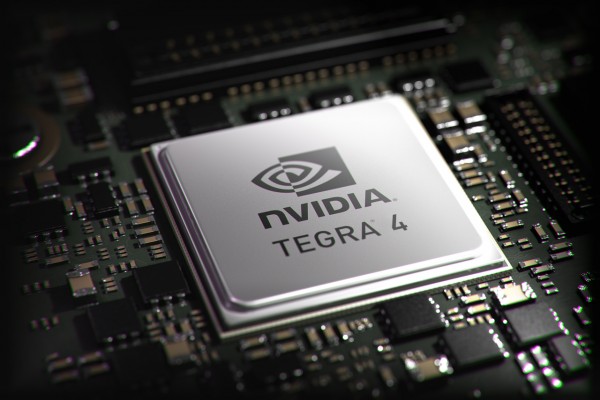Mobile processing capabilities have made leaps and bounds during the past few years, and quad core phones are quickly becoming the new standard for mobile technology. The latest and greatest processor isn’t a necessity for every cell phone owner, but there are some important facts about quad core phones that every mobile user should know.

Meeting the Demands of New Mobile Software
As mobile hardware advancements continue to be developed, it has allowed mobile device owners to tread into previously unconquered software territory. Mobile applications are becoming increasingly complex, and more resource intensive than ever before.
In order to use today’s most cutting edge mobile software, a relatively powerful device is a necessity. Quad core smart phones will be the standard during 2013, and mobile software will continue to keep pace with the rapid hardware advancements of mobile technology.
In addition to the development of original mobile titles with greater hardware requirements, many high-quality PC games are also being ported to run under mobile platforms. The ability to run more demanding software under iOS and Android has only recently become a reality, but this has contributed to a substantial increase of graphically focused mobile software releases.
Quad core devices not only improve core processing, but many of them also come equipped with powerful graphic chips to handle these types of mobile games and applications. Cellular users will inevitably have to join the quad core bandwagon for continued mobile software compatibility and support.
Replacing Multiple Devices with a Smart Phone
Mobile phones already replace a variety of commonly used technologies, and hardware advancements will continue to improve on this. The most cutting edge smart phones are already used for audio and video playback, GPS functions and hand-held gaming.
Quad core phones take these capabilities further by providing mobile performance comparable to an average desktop or laptop PC. As central and graphical processing becomes more capable on mobile phones, it can be used to replace commonly used technologies without sacrificing performance.
Future Trends of Mobile Computing
The dawn of the mobile Internet revolution is here, and top of the line mobile hardware will define personal computing of the future. Market projections show that mobile traffic grew 40% between 2011 and 2012 in Australia, and that mobile Internet use will dominate the web as soon as 2015.
As online users continue to make mobile technology their primary way to connect, quad core phones will be used to extend the functionality of hand-held computing. Personal computing at home was one of the greatest technology trends during the 90s, but the next decade will be marked by the rise of powerful mobile phones that can do everything a desktop PC can and more.
Tom is a tech head and is currently studying computer engineering. He loves everything to do with technology and writes these blogs hoping that it will help those who are not to savvy when it comes to basic tech knowledge.










Comments